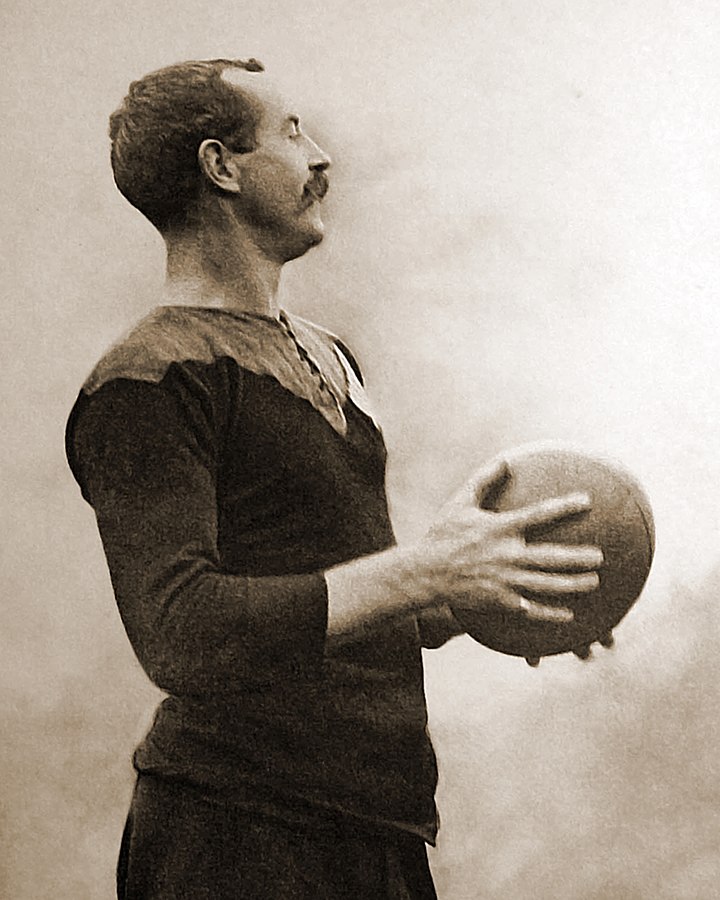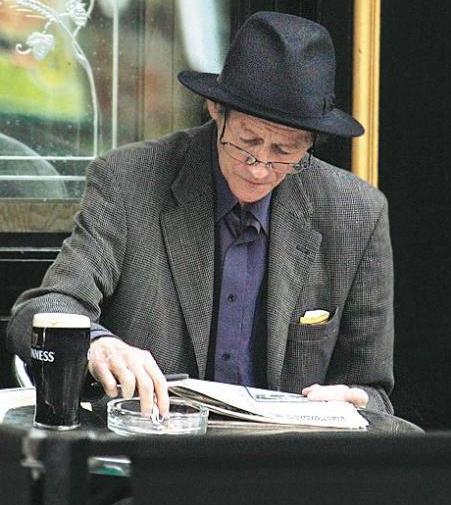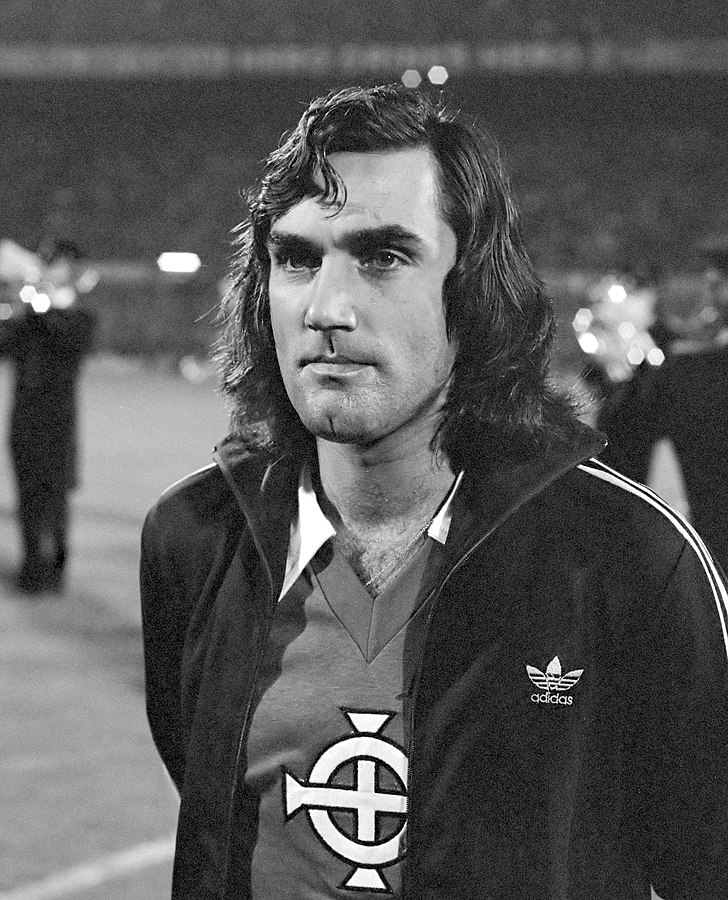IRISH Sporting Lives, published this month by the Royal Irish Academy, focuses on sixty figures who, in their individual ways, illustrate the drama and diversity of Irish sporting history.
This collection of biographical essays draws from the Dictionary of Irish Biography and spans 200 years, from the early 19th century.
The editors are Dictionary of Irish Biography researchers Terry Clavin and Turlough O’Riordan, with an introductory essay by Ireland’s foremost sports historian, Professor Paul Rouse of UCD.
The biographies in Irish Sporting Lives encompass serial winners and glorious losers, heroes and villains, role models and rogues, enduring legends and forgotten or overlooked greats.
Trailblazing women feature prominently, and their stories highlight the adversity they had to overcome in pursuing their sporting ambitions.
As well as those physically engaged in sport, the book also includes sporting founders, promoters, coaches, trainers and organisers. The main disciplines—Gaelic games, soccer, rugby, athletics, horse racing and boxing—are well represented, but so too are minority sports such as croquet, cricket, tennis and hockey.
 Dave Gallaher (Public domain)
Dave Gallaher (Public domain)
Those featured include:
Dave Gallaher (1873–1916), New Zealand’s most revered rugby captain, was born in Ramelton, Co. Donegal-born. Gallaher, whose position was hooker, led the ‘Invincibles’ tour of Britain and Ireland in 1905–6, an all-conquering outing that established the All Blacks as rugby’s no. 1 superpower.
Lady Mary Heath (1896–1939), a pioneer of woman’s athletics, moved into aviation and became a media sensation with her high-flying publicity stunts.
Bill McCracken (1883–1979), a full-back for Ireland and Newcastle United, his clever play forced a change in soccer’s offside rules.
 Fay Taylour (Public domain)
Fay Taylour (Public domain)
Fay Taylour (1904–1983) a daredevil speedway racer from Birr, Co. Offaly, was also known as Flying Fay. So successful was she that she was eventually banned from competing against men in motorcycle races. She achieved notoriety for her uncompromising support for Germany’s Nazi regime. Prior to that she became a follower of Oswald Mosley, the British fascist leader and joined the British Union of Fascists.
Dan Donnelly (1788–1820), a hard living, bareknuckle brawler became Ireland’s first sporting celebrity by conquering English opponents in well-hyped prize fights.
May Hezlet (1882–1978) was by far the best woman golfer of her generation. Her 1904 book Ladies Golf encouraged many other women to take up the sport.
Christy Ring (1920–79), the winner of eight All-Ireland hurling medals, is the most storied figure in Irish sport.
Teresa Mullen (1938–89) from Dublin won a Paralympic gold medal in bowls in the 1988 games, shortly after being diagnosed with terminal cancer. Her heroic win has made her a legend.
Vere Goold (1853–1909) is also the only Wimbledon finalist to be convicted of murder—so far. The Clonmel man escaped the death penalty, but was sentenced to life imprisonment. He subsequently committed suicide.
Mabel Cahill (1863–1905) from Kilkenny was a tough competitor criticised for her ‘masculine’ style of playing tennis. She dominated women’s tennis in the US from 1890 to 1893, easily conquering those who only wanted to play ‘keepie uppy’ tennis.
Mike McTigue (1892–1966), a journeyman boxer, enjoyed an extraordinary late-career renaissance after becoming world champion in a fight staged amid the chaos of the Irish Civil War.
Dick Fitzgerald (1882–1930), the first star of Gaelic football, was also an active participant in the fight for Irish independence.
Elizabeth Le Blond (1860–1934), born into a life of great wealth and privilege, she scandalised her peers by becoming an ardent promoter and practitioner of mountaineering, eventually achieving at least twenty-six first ascents.
Joey Dunlop (1952–2000), this much-loved motorcycling star from Co. Antrim tore up the record books at the Isle of Man TT before dying tragically in a racing crash.
Iris Kellett (1926–2011), after lighting up the post-war showjumping scene on a converted plough-horse, she trained generations of Ireland’s showjumping stars.
Martin Sheridan (1881–1918), one of the greatest Irish Olympians, won a succession of weight throwing medals competing for the US and raised British hackles at the 1908 London Olympics.
 Alex Higgins (Wikimedia)
Alex Higgins (Wikimedia)
Alex ‘Hurricane’ Higgins (1949–2010), a hell-raising star who was pivotal to snooker’s surging popularity in the 1980s.
Jim Stynes (1966–2012), the only non-Australian to win the prestigious Brownlow medal in Australian Rules football, played a record 244 consecutive games before retiring to pursue his much praised involvement in youth and charity work.
Steve ‘Crusher’ Casey (1908–87), who came from ‘Ireland’s toughest family’, was a champion rower in Ireland and England and then a champion wrestler in America, thriving in a discipline that was a mix of theatre and sport.
 Nederland tegen Noord Ierland ; George Best , kop.*13 oktober 1976
Nederland tegen Noord Ierland ; George Best , kop.*13 oktober 1976
George Best (1946–2005), soccer’s first pop celebrity, appears in every list of the game’s greatest exponents. His attacking virtuosity delivered European glory for Manchester United before his talent succumbed prematurely to fame and addiction.
Kevin Heffernan (1929–2013) exhibited a managerial style That honed Dublin into a powerhouse of Gaelic football in the 1970s.
Pat Taaffe (1930–1992), a successful jockey in his own right, is remembered for his legendary partnership with Arkle.
Jack Kyle (1926–2014), a blisteringly fast out-half inspired Ireland to a historic first rugby Grand Slam in 1948 while also dazzling for the Lions in New Zealand.
Vincent O’Brien (1917–2009) was a world-renowned trainer of champion racehorses, conquering both National Hunt and flat racing before proceeding to revolutionise commercial bloodstock breeding.
Jack Doyle (1913–78) was an outrageous and highly successful self-publicist, whose considerable boxing talent was undermined by his playboy lifestyle.
Irish Sporting Lives is published by the Royal Irish Academy and is available to buy from November 15
Price: €19.95

